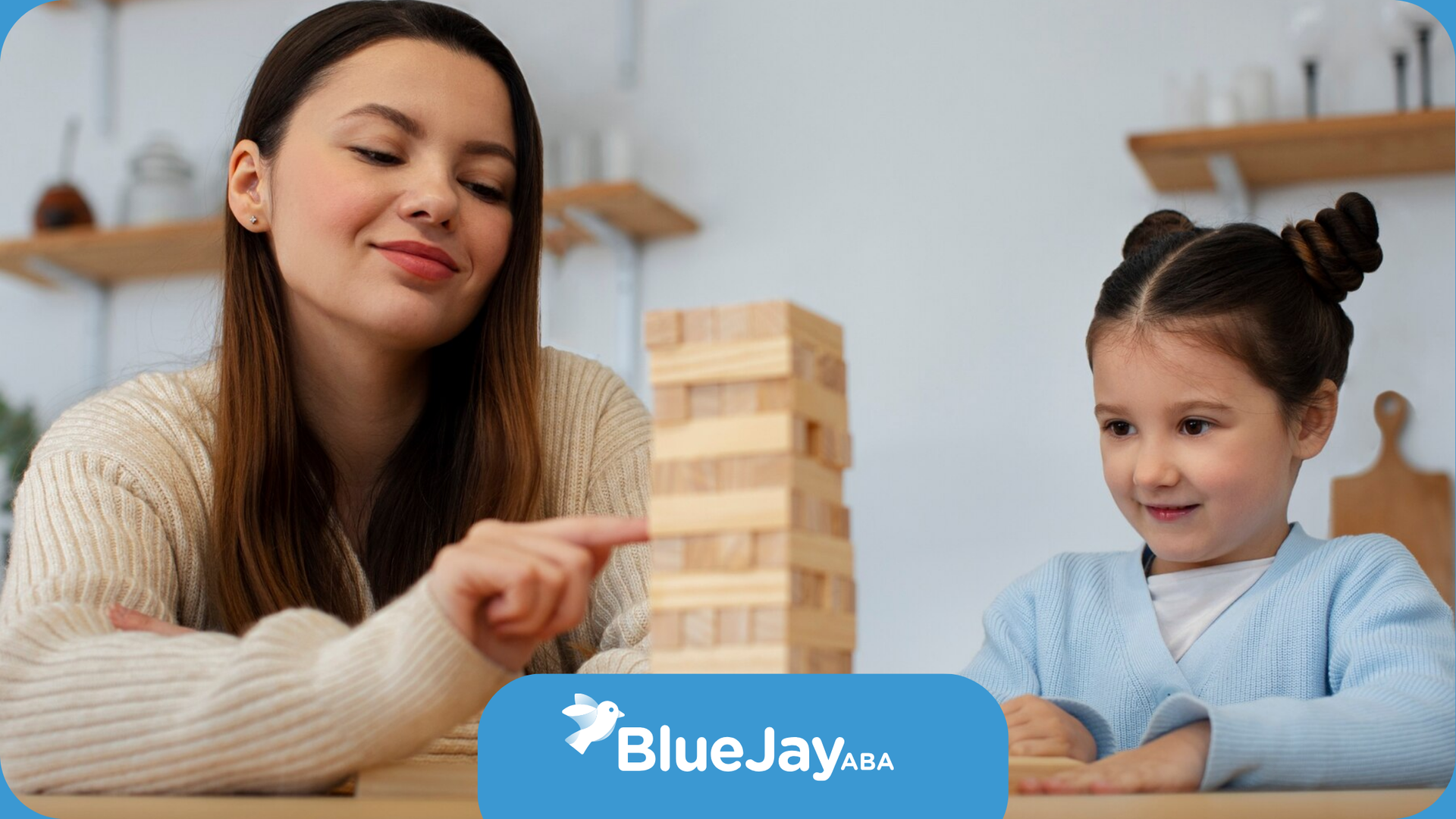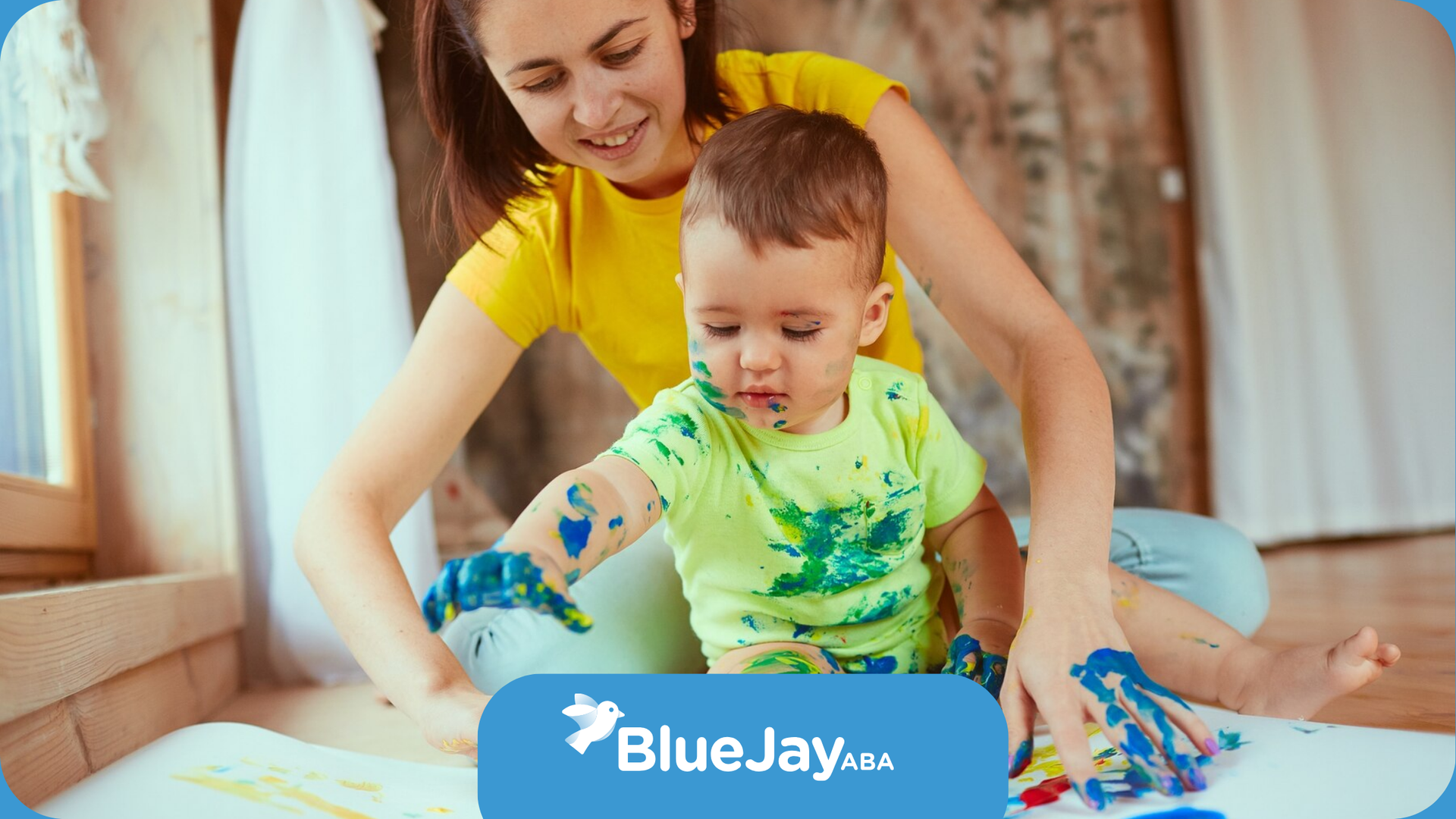Positive Impacts of Center-Based ABA Therapy Outcomes
Understanding ABA Therapy Environments
Applied Behavior Analysis (ABA) therapy can happen in different spots, mainly either in centers or right at home. Both these places have their own quirks and perks that might sway a family's decision depending on what works best for them.
Center-Based Therapy Overview
Center-based ABA therapy is all about order and resources, tailored just right for kids with autism. Imagine a place loaded with stuff like cool learning tools and a plan custom-made for each kid, honed to their individual needs. What’s the real kicker here? The place is crawling with seasoned pros like board-certified behavior analysts (BCBAs) and registered behavior technicians (RBTs) keeping an eye on things. Plus, it's perfect for play dates with purpose—kids get to mingle with buddies and sharpen those social skills.
| Benefits of Center-Based Therapy | Description |
|---|---|
| Structured Fun | A place for focused learning and behavioral magic. |
| Pro Magic | Expert therapists mean top-notch care. |
| Playtime with Friends | Learning to gel with peers. |
Home-Based Therapy Overview
Now, home-based ABA therapy brings the pros right to your front door. Kids get their sessions in the comfort of their own digs. With a BCBA and an RBT tag-teaming, the setup is as comfy as your living room couch, giving families more elbow room to pitch in and slot therapy into everyday life without a hitch.
This approach lets therapists scope out how kids act in their natural stomping grounds. It's like being in the wild, except it's your living room, making learning and addressing behaviors feel as real as it gets.
| Benefits of Home-Based Therapy | Description |
|---|---|
| One-on-One Time | Close-knit session in your kid's own space. |
| Parents on the Sidelines | Join in the action and learning. |
| Easy as Pie | Fits right into your household’s groove. |
Getting a handle on these settings gives parents and caregivers a leg up on what's what when it comes to picking the right therapy spot for their kiddo with autism spectrum disorder (ASD). The outcomes might swing differently depending on whether you go for center-based or home-based, so it's worth checking out what each has to offer. Curious about all the home therapy perks? Peek at our piece on home-based ABA therapy benefits.
Benefits of Center-Based ABA Therapy
Center-based ABA therapy stands out from home-based options due to its structured space, social opportunities, and impressive progress in honing skills.
Structured Learning Environment
The magic of center-based ABA therapy lies in its well-ordered setting with plentiful resources right at the kids' disposal. This ambiance sharpens focus and trims down diversions, paving the way for children with autism (ASD) to soak in what they're learning.
In these centers, kids benefit from expert guidance and customized therapy plans. Such an organized space smooths the transition to typical settings by helping kids to generalize and apply skills in a familiar, controlled environment.
| Feature | Center-Based ABA Therapy | Home-Based ABA Therapy |
|---|---|---|
| Structure | Super structured | Not as structured |
| Supervision | Lots of oversight | Less supervision |
| Customization | Therapy just for them | Customization varies |
Socialization Opportunities
Another sweet perk of center-based therapy is the chance to socialize. Playing and learning together in a guided setting helps kids polish social skills. These interactions give them the chance to observe and be a part of social play, key for building connections. There's a speed-up button on learning in these places where they can chat, play, and share.
Progress and Development
Studies show that kiddos in center-based setups with ASD show they make more headway than those at home. For instance, the center-based group cleared significantly more learning goals every hour. Those getting both home and center treatments hit 100% more milestones in centers. Why? That peaceful environment without endless distractions makes therapy more effective.
Advantages of Home-Based ABA Therapy
Home-based ABA therapy offers some nifty perks for children with autism. This type of therapy brings a personal touch, giving more room to mold the sessions around the kid's own needs.
Individualized Attention
In home-based ABA therapy, kids get the spotlight with the undivided attention of a board-certified behavior analyst (BCBA) and a registered behavior technician (RBT). This setup allows for zeroing in on specific treatment plans crafted just for them. Being at home, in familiar digs, helps kids feel comfy and lets them dive into therapy with both feet.
The therapists get the bonus of seeing kids in their natural habitat, gathering golden insights on how they act and socialize. These little nuggets help fine-tune strategies, making sure therapy fits just right with their day-to-day hurdles.
| Key Aspects | Benefits |
|---|---|
| Attention | Laser-focused teaching without interruptions |
| Environment | Homely vibe that boosts learning |
| Personalization | Customized therapy based on real-life peeks |
Family Involvement
One cool thing about home-based therapy is family members, including brothers and sisters, can jump in. This part boosts the kid's social smarts under the therapist's watchful eye. The therapist can guide the family on how to back up the therapy, making sure lessons stick beyond the sessions.
Having family in the mix means kids practice skills in real-life situations, helping those skills pop up whenever they’re needed. It's not just good for the kid; it strengthens family ties and helps them better understand the kid's world.
Convenience and Familiarity
Home-based ABA therapy fits snugly into the child's life since it happens right at home. This setup curbs distractions, letting kids focus on both school and play. Kids tend to be more chill at home, making it easier to dive into session activities and use what they've learned.
For parents and guardians, it’s like hitting the easy button—blending therapy into everyday life effortlessly, which is a big win for seeing progress. This mix of structured sessions and home life can really rev up improvements in the kid's behavior and abilities over time.
Want more tidbits on home-based therapy? Check out our article on home-based ABA therapy benefits and how well in-home ABA therapy stacks up.
Comparing Learning Rates
So, you wanna know how well kids with autism learn in different places with ABA therapy? Let's break it down. Here's the scoop on why going to a center for learning might just give your kid a bigger brain boost than chilling at home.
Center-Based Learning Perks
Centers ain't just places with walls—they're havens of learning magic. Kids who attend center-based ABA therapy are like little learning machines, cruising through more goals than their stay-at-home counterparts. Research says centers work wonders. Kids there learn double the cool new stuff compared to home learners. The deal? A center gives them a no-nonsense, snooze-proof setup where learning sneaks in as smooth as butter.
| Learning Zone | Learning Wins per Hour |
|---|---|
| Center | 2 goals (twice as many as home) |
| Home | 1 goal |
Check that chart—it ain't lying! It shows why many parents head center way for a learning boost that their kids might not get in the cozy chaos of their own four walls.
Research Insights on Exemplar Mastery
Here's the juicy bit from the folks at the National Institute of Health (NIH): kids with autism, when soaking up center-based ABA therapy, score double the points on the learning-o-meter compared to when they're home.
But wait, there's more! Not only do these kids learn more "exemplars" (read: cool new skills), but they also get the social scoop through supervised environments. Home setups might miss out on those group dynamics that kids just naturally grok at the centers. Plus, centers are built to help kids mix and match their newfound masteries across different situations—like little life pros.
Bottom line? The numbers don't lie. Center-based ABA therapy paints a pretty promising picture for those hunting for top-notch outcomes for their kids with ASD.
Factors Influencing Therapy Choice
Figuring out whether center-based or home-based ABA therapy works best can make a world of difference in a child's growth and progress. Let's break down what really matters when choosing the right spot for effective treatment.
Transitioning to Mainstream Settings
Consider center-based ABA therapy as a sort of practice run for everyday settings. It gives kids the chance to learn the ropes in a structured environment where they're surrounded by other kids. It's like easing them into school life, providing space to work on those all-important social skills. With more supervision and a chance to practice in a controlled setup, kids get to refine their abilities, making the shift to public schools a little less daunting and filled with more opportunities to make new friends.
| Factor | Center-Based Therapy | Home-Based Therapy |
|---|---|---|
| Structured Environment | Yes | Limited |
| Peer Interaction | Frequent | Rare |
| Transition Preparation | High | Moderate |
Looking for more on how center settings can help with these transitions? Check out our article on ABA therapy center location comparison.
Impact on Social Interactions
For kids dealing with ASD, rubbing elbows with peers is crucial. Center-based therapy offers up regular playdates, turning socializing into a learning experience. These kiddos usually pick up communication skills faster and show better social behaviors because they’re constantly engaging in structured group things. Home-based therapy might lag behind when it comes to offering chances to chit-chat and bond, which could mean missing out on learning vital people skills.
Research shows that children in center-based settings learned more in a shorter time compared to those at home, highlighting how being surrounded by a lively group spurs on social benefits.
Distractions and Learning Effectiveness
The place where kids learn plays a big part in how well ABA therapy goes. Centers are specially designed to cut out distractions so children can focus fully on learning. This kind of setup encourages them to stay tuned in with their therapist and focused on the tasks right in front of them.
On the flip side, while doing therapy at home lets the whole family join in, it can also bring along a bunch of distractions. Things like the TV blaring, siblings playing around, or the general hustle and bustle of home life can make it tough for a kiddo to concentrate on their therapy. One study showed that children with ASD learned more effectively during ABA sessions in a center-setting compared to at home due to these environmental factors.
At the end of the day, when deciding between center or home-based ABA therapy, think about things like how it prepares kids for different environments, encourages social interactions, and handles distractions.
Insights into ABA Therapy Outcomes
Grasping how ABA therapy works out is a big deal for parents, family, and pros looking to make smart choices about treatment. Here, we'll chat about how ABA therapy helps with development, tackles tough behaviors, and the benefits you can actually see.
Long-Term Developmental Improvements
Research keeps telling us that kids with autism see real improvements with early and focused ABA help. We’re talking better language skills, smarter thinking, doing everyday stuff by themselves, and rocking it in school. A steady setup in therapy centers gives kids with autism routines they thrive on.
| Developmental Area | Improvement Type |
|---|---|
| Language | Talk better and understand more |
| Cognitive Skills | Solve stuff quicker |
| Self-Help Skills | Doing day-to-day tasks like a pro |
| Academic Abilities | Smarter in classes and tests |
Addressing Challenging Behaviors
ABA therapy shines by helping out with those tough behaviors you see in autism, such as hurting oneself, being aggressive, or doing things over and over. Tailored interventions mean therapists zero in on cutting down these behaviors, lifting the mood and the way the individual gets along in the world. Makes life sweeter for the kid and the fam. This knowledge helps you pick between choosing home-based ABA benefits or therapy at a center.
Measurable Benefits of ABA Therapy
You can see the perks of ABA therapy in black and white. Many studies tease out improvements in autism like boosted IQ, better talking, living, and coping skills, along with fewer tantrums or meltdowns.
| Outcome Measure | Description |
|---|---|
| IQ Improvements | Brainy boosts in intelligence scores |
| Language Skills | Chatting and understanding’s a lot easier |
| Adaptive Behavior | Handling daily life with ease |
| Problem Behavior Reduction | Fewer outbursts, more positive moments |
Both doing therapy at home or in centers pack a punch, underscoring how picking the right setting for ABA is key.
Need Assistance?
We’re Here to Help
Our expert team is ready to support your child’s development and well-being.
We are committed to offering tailored ABA therapy solutions that promote growth.
Contact us today for Professional ABA Therapy.
Related Posts
MENU
GET IN TOUCH
STAY CONNECTED
Join our newsletter and find out more
Contact Us
We will get back to you as soon as possible
Please try again later







